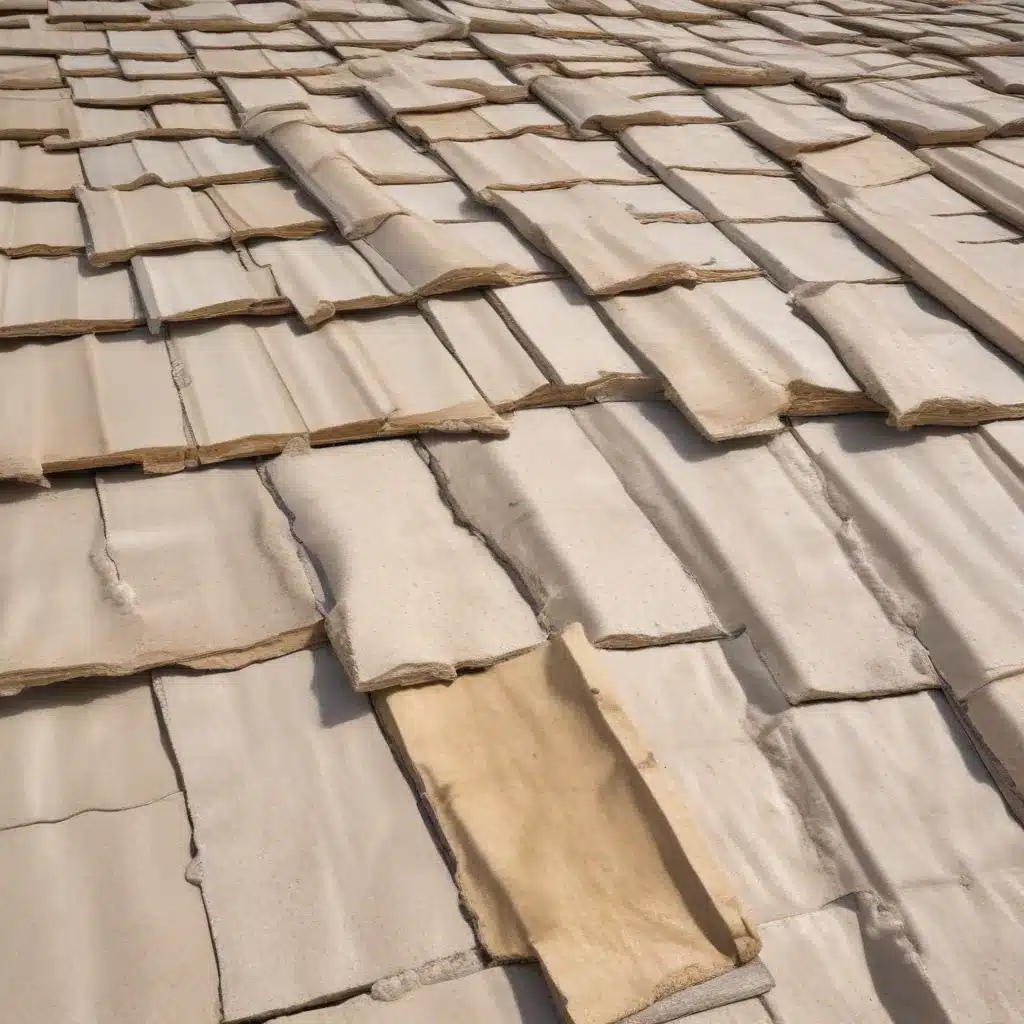
Unlocking the Secrets of Roof Insulation and Ventilation
As a seasoned roofing professional, I’ve witnessed firsthand the profound impact that a well-designed roof can have on a home’s energy efficiency. In the quest for a greener, more cost-effective living environment, homeowners often overlook the significance of their roof, focusing instead on insulation, windows, and doors. However, the roof plays a pivotal role in regulating a home’s temperature, making it a crucial component in the pursuit of energy efficiency.
In this comprehensive guide, we’ll explore the multifaceted ways in which roof insulation and ventilation can boost your home’s energy performance, keeping it cooler in the summer and warmer in the winter, all while reducing your utility bills. Whether you’re considering a new roof or looking to optimize your existing one, this article will provide you with practical tips and in-depth insights to help you make informed decisions.
The Power of Reflective Roofing Materials
One of the most significant energy-saving attributes of a new roof is its reflectivity. Reflective roofing materials, such as those with a high Solar Reflectance Index (SRI), can deflect a substantial portion of the sun’s energy, preventing it from being absorbed by your home. This means less heat is transferred to your interior spaces, leading to reduced cooling costs and a more comfortable living environment.
These advanced roofing technologies leverage materials that reflect sunlight and emit absorbed heat, contributing to a cooler home. By choosing the right roofing materials, you can effectively minimize the need for air conditioning, thus lowering your energy consumption and costs.
Insulation: The Key to Thermal Regulation
Proper insulation and ventilation under the roof play a crucial role in maintaining a consistent indoor temperature. Insulation helps prevent heat transfer from the attic to the living spaces below, while ventilation assists in releasing the hot air trapped in the attic.
When considering roof insulation, it’s essential to ensure that the insulation is installed correctly and seals any potential air leaks. Proper insulation not only reduces the strain on your heating and cooling systems but also contributes to a more comfortable living environment throughout the year.
Attic Ventilation: Releasing Hot Air, Improving Efficiency
Adequate attic ventilation is a critical component of an energy-efficient roof system. By allowing hot air to escape the attic, you can reduce the strain on your cooling system and prevent the buildup of heat that can compromise the integrity of your roofing materials.
One common issue that can hinder proper attic ventilation is the presence of blocking at the truss heels, which can almost entirely block the intake airflow from the soffit vents. To address this, consider options such as installing shingle-over intake vents or carefully cutting the tops of the blocking to expand the air gap and improve airflow.
Achieving the Right Balance: Insulation and Ventilation
Striking the right balance between insulation and ventilation is crucial for optimal energy efficiency. While insulation helps prevent heat transfer, proper ventilation ensures that the hot air can effectively escape the attic, reducing the overall cooling load on your home.
By combining the benefits of reflective roofing materials, effective insulation, and efficient ventilation, you can create a comprehensive roof system that enhances your home’s energy performance and provides year-round comfort.
The Cost-Saving Benefits of Energy-Efficient Roofing
Investing in an energy-efficient roof can have a significant impact on your utility bills, providing long-term cost savings. By reducing your reliance on air conditioning and heating, you can enjoy lower energy consumption and more manageable monthly expenses.
Moreover, energy-efficient roofing can also increase the overall value of your property. Homebuyers are increasingly seeking out homes with energy-saving features, making an energy-efficient roof a wise investment that can pay dividends when it comes time to sell.
Sustainability and Environmental Responsibility
Choosing an energy-efficient roof is not just a financially savvy decision; it’s also an environmentally responsible one. By reducing the dependency on air conditioning, you contribute to a lower carbon footprint, helping to mitigate the impact on the environment.
Furthermore, many of the materials used in energy-efficient roofing are recyclable, promoting a more sustainable construction industry. As we strive to create a greener future, embracing energy-efficient roofing solutions is a crucial step towards a more sustainable tomorrow.
Consulting with Roofing Experts
When it comes to enhancing your home’s energy efficiency through roof improvements, it’s essential to consult with experienced roofing professionals. These experts can provide valuable insights, recommend the most suitable roofing materials, and ensure that your roof is installed correctly to maximize its energy-saving potential.
Roofing in Northampton is a leading local roofing company that offers a range of services, from repair to complete roof installation. Their team of skilled professionals can guide you through the process, helping you make informed decisions and ensuring that your roofing solutions not only enhance energy efficiency but also protect your investment in the long term.
Conclusion: Unlocking the Full Potential of Your Roof
The roof over your head plays a pivotal role in your home’s energy efficiency, often overlooked in the quest for a greener, more cost-effective living environment. By embracing the power of reflective roofing materials, effective insulation, and efficient ventilation, you can unlock the full potential of your roof and enjoy the benefits of a more comfortable, energy-efficient home.
Remember, the roof is more than just a protective shield against the elements; it’s a key player in your home’s thermal regulation. By making informed decisions and consulting with experienced roofing professionals, you can transform your roof into a strategic asset that enhances your home’s energy performance, reduces your utility bills, and contributes to a more sustainable future.

